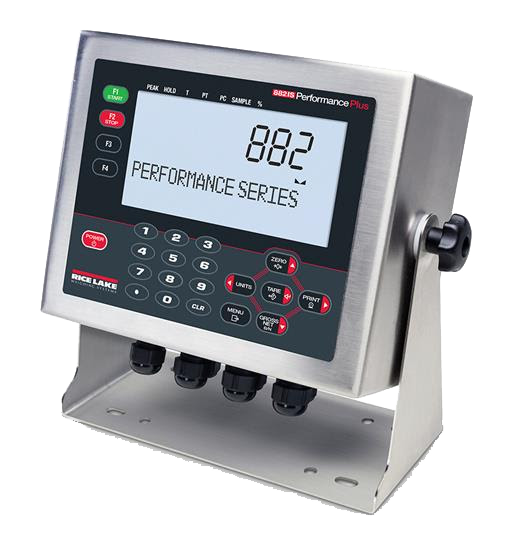Metrology Glossary: Divisions (Display)
What Are Divisions (Display)?
Divisions (Display) represent the discrete numerical increments or graduated segments prominently featured on a gauge’s dial, display screen, or readout mechanism. Their primary function is to facilitate the precise measurement of a specific quantity or value. The extent of these divisions on a gauge is intricately linked to the demanded level of measurement accuracy, ensuring that the instrument can provide reliable and detailed readings. These divisions play an instrumental role in the attainment of accurate measurements, making them a critical aspect of gauge functionality and the broader realm of measurement science.
Why Are Divisions (Display) Important?
- Accurate Measurement of Physical Quantities: Divisions facilitate the precise measurement of a range of physical parameters such as pressure, temperature, flow rate, voltage, etc., spanning diverse fields.
- Calibration and Validation: Serving as a benchmark, divisions act as a point of reference for calibrating and validating other measuring instruments, ensuring their precision and dependability.
- Monitoring and Control of Processes: Across industries such as manufacturing and power generation, divisions play a pivotal role in monitoring and controlling industrial processes through real-time data visualization.
- Safety and Hazard Mitigation: Providing clear and precise readings of critical parameters, divisions contribute to accident prevention and ensure safety in various environments.
- Support for Research and Development: Divisions are integral to research and development efforts, offering accurate data for thorough analysis and experimentation.
- Quality Control and Assurance: Divisions play a vital role in enabling precise measurements for quality control and assurance across diverse industries.

Related Terms
The verification scale division (e) represents the smallest unit of weight measurement that a scale can legally indicate and use for commercial transactions....
Scale classes are a systematic method for categorizing scales by their precision and accuracy levels....
In the context of scales and scale systems, the term "count" or "counts" refers to the numerical value representing the quantity of time intervals that are accumulated by the dual-slope...






